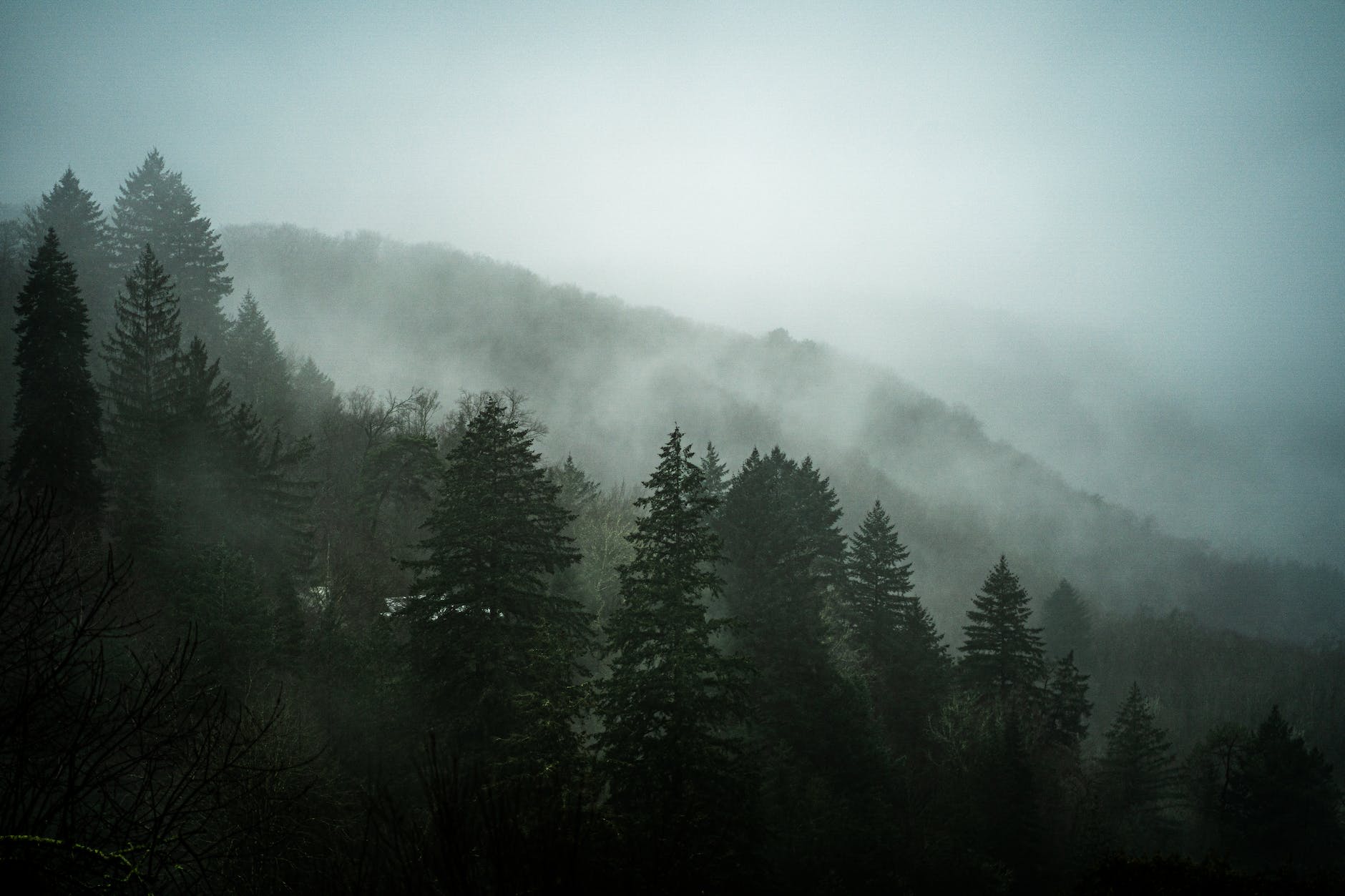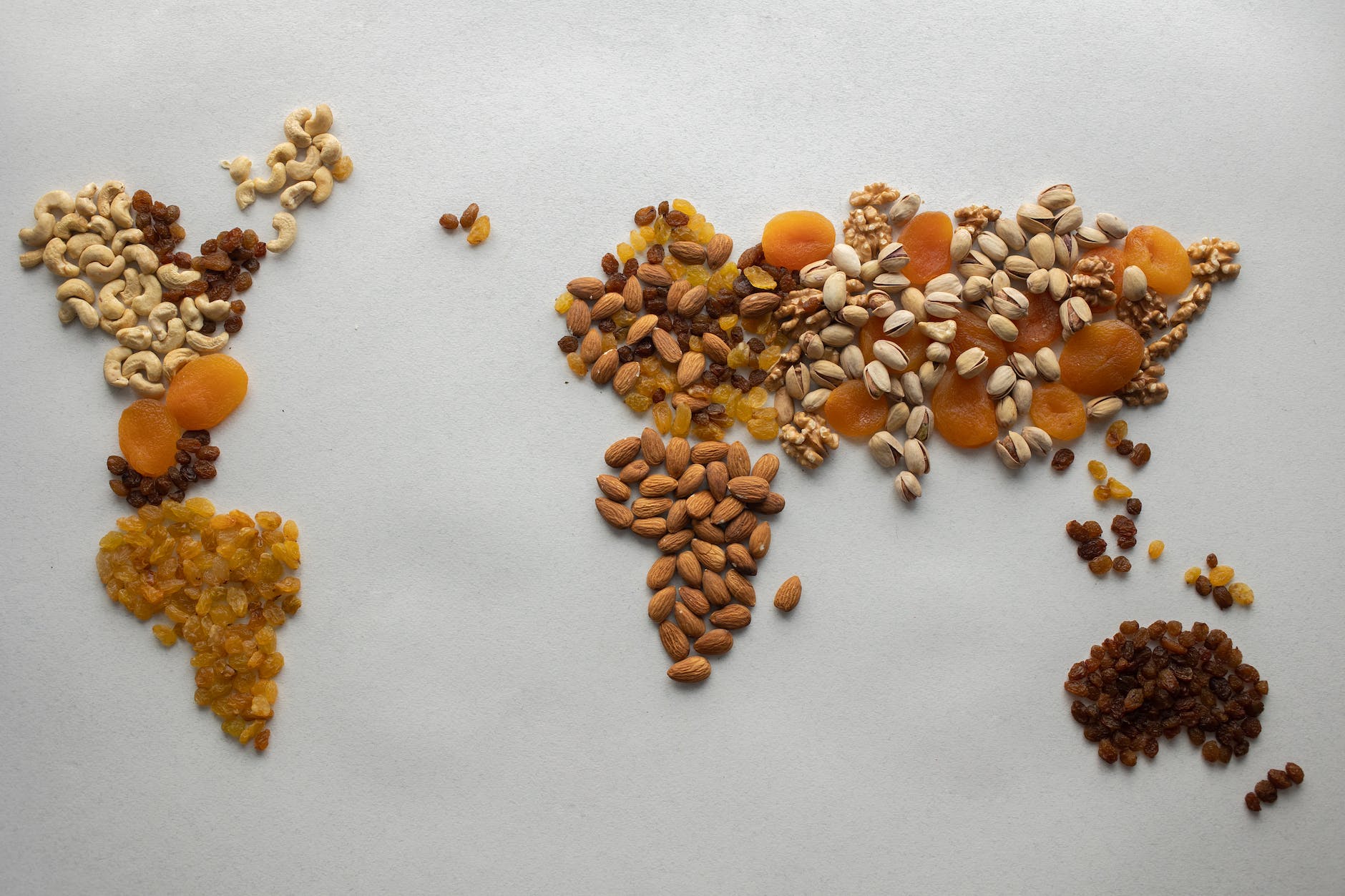Table of Contents
- Nomadic Cultures: Not Just Wandering, but Wondering
- Traditions on the Move: Culture that Packs Light
- A Variety of Nomadic Flavors
- The Threads that Bind: Nomadic Fashion
- The Challenges and Changes Facing Modern Nomads
- Nomadic Culture in the Digital Age: Moving Forward, Preserving the Past
Nomadic Cultures: Not Just Wandering, but Wondering
Firstly, let’s be clear: being a nomad isn’t merely about relocation – it’s a complex cultural system. Rather amusingly, my first real interaction with nomads involved a massive language barrier and lots of gesturing. I recall trying to explain a camera to a Mongolian herder; he probably thought I was attempting a poor imitation of a bird. Nevertheless, I quickly learned that Mongolian nomads, along with countless others, are masters of their harsh environments, moving with the seasons and the needs of their livestock. Case in point, think about the Bedouins of the Middle East. While traveling in Jordan, I had the privilege of sharing a cup of tea with these incredible “protectors of the desert.” They reminded me that to be nomadic is to be deeply connected with the land. As we conversed, albeit through a comedic game of charades, I could sense their enduring respect for the unforgiving terrain they call home.Traditions on the Move: Culture that Packs Light
Nomadic traditions are as much a part of the journey as the dusty feet that carry them. Take the Kyrgyz people, for instance, with their astonishingly beautiful yurts. I once tried to help put up a yurt, and let’s just say, if yurt-building were an Olympic sport, I wouldn’t even qualify to watch. Yet, this ancient practice of constructing portable felt homes is engrained in their cultural identity and ties them to generations past. Curiously, another tradition that fascinates me is the art of storytelling. I’ve sat around many campfires, from the steppe of Asia to the African savannah, listening to stories that weave history with mythology. It’s a poignant reminder that, although nomads may not have a permanent address, their narratives are rooted in the very essence of humanity.Recommended article: Social Initiatives Changing the World Through Travel

A Variety of Nomadic Flavors
Since we’re on the topic of campfires, let’s talk about food. Once, in the company of the Sami people of Northern Scandinavia, I attempted to prepare reindeer meat. Unfortunately, I managed to overcook what was probably a fine cut – a culinary blunder that still haunts me. The Sami, experts in what they do, showed me that their cuisine, like many nomadic dishes, is a direct connection to the landscape and its resources. Moreover, the pastoral Maasai of East Africa have a diet that revolves mainly around cattle, an animal central to their culture. While sipping on a spiced tea in a Maasai village, I learned about the use of every part of the cow, symbolizing a profound reverence for their livestock. It was a humbling lesson in sustainability, delivered alongside the best tea I’ve ever had the pleasure of burning my tongue on.The Threads that Bind: Nomadic Fashion
Let’s be honest, my sense of fashion rarely ventures beyond “Does this look clean?” Yet I can’t help but admire the elaborate clothing of nomadic communities. For example, during a colorful festival in Tibet, I was awestruck by the vibrant textiles worn by the revelers. Each thread was a testament to their rich cultural tapestry and the skill of artisans who’ve perfected their craft amid a migratory lifestyle. Similarly, the Tuareg people of the Sahara are known as the “blue men” because of the stunning indigo dye they use in their garments. Not only does it make a fashion statement, but it also acts as sun protection. Truthfully, when I tried on a Tuareg turban, I ended up resembling a smurf that had been through a rough day. Despite my fashion mishap, the experience was a great lesson in how functional and symbolic attire can be in nomadic cultures.The Challenges and Changes Facing Modern Nomads
Admittedly, it’s not all goats and yurts. Modern nomads face pressing challenges, with climate change being a formidable foe. Increasingly unpredictable weather patterns threaten traditional migratory routes and the very survival of these communities. I’ve seen the worry etched on the faces of elders as they gaze at a sky that no longer promises rain. Furthermore, political borders are an inconvenience that nomads didn’t have to consider centuries ago. I once camped near a border in Central Asia, only to be woken by border patrol questioning my presence. Thankfully, they were more amused than alarmed by my pitiful campsite—still, it drove home the reality that nomads now navigate a mosaic of international boundaries and restrictions. However, not all changes are gloomy. Many nomadic groups are finding innovative ways to blend traditional knowledge with modern technology. The internet, for example, has become an unexpected ally, allowing Maasai warriors to sell cattle using mobile phones and reindeer herders in Siberia to monitor their herds via satellite imagery. Who would’ve thought?Recommended article: Podcasts and Media Exploring the World Through Digital Eyes




